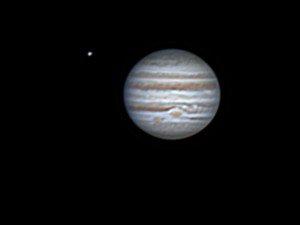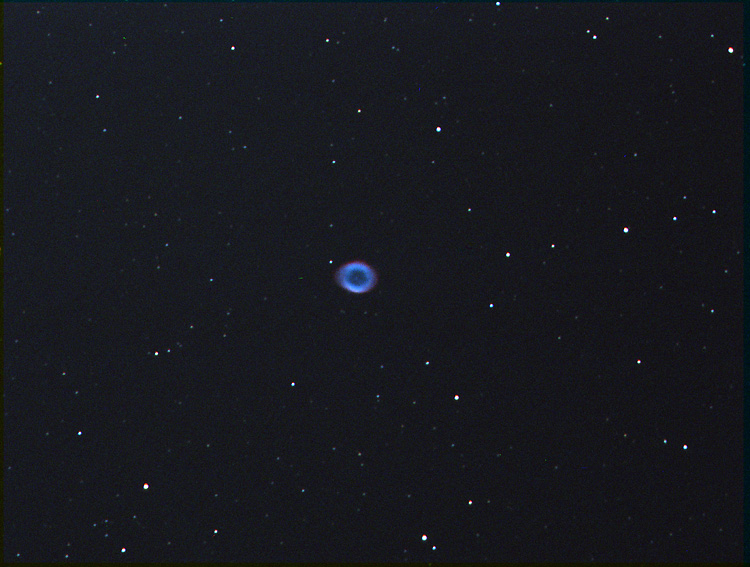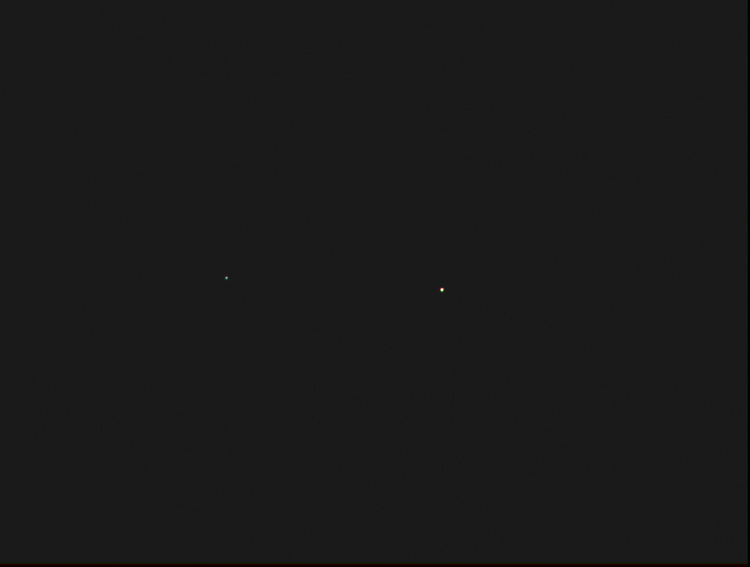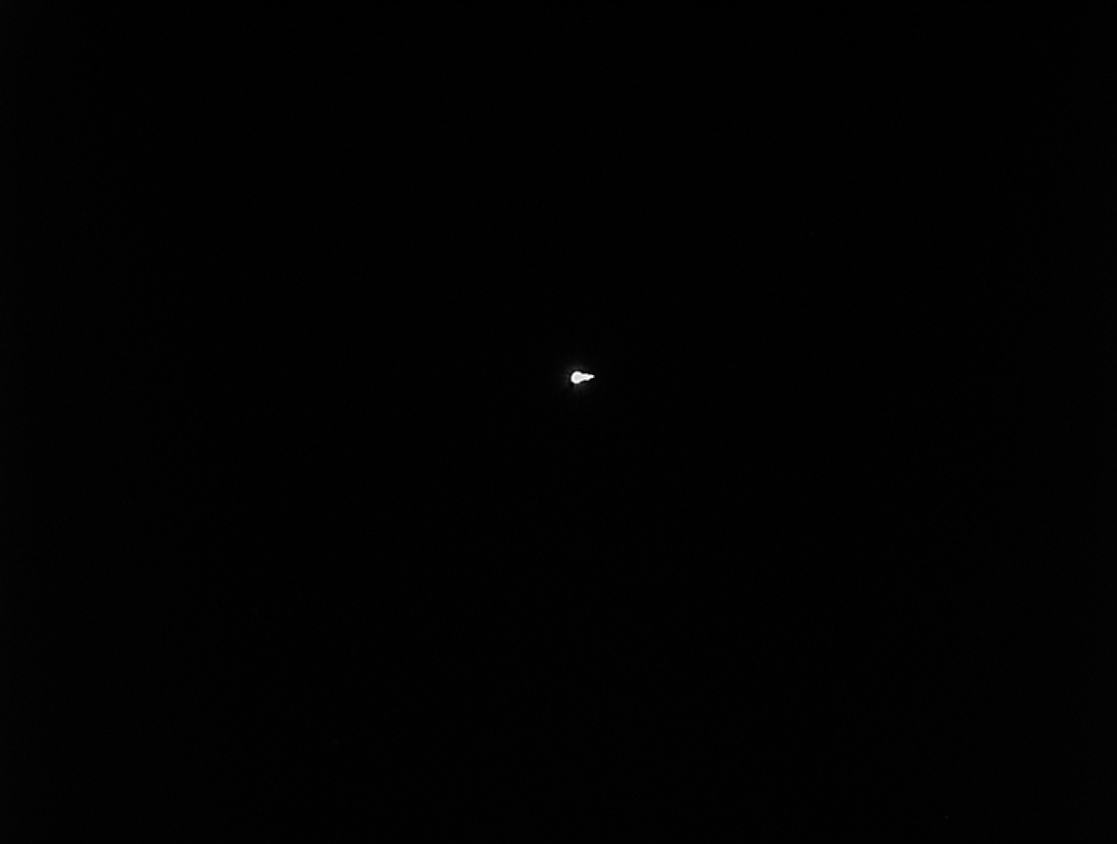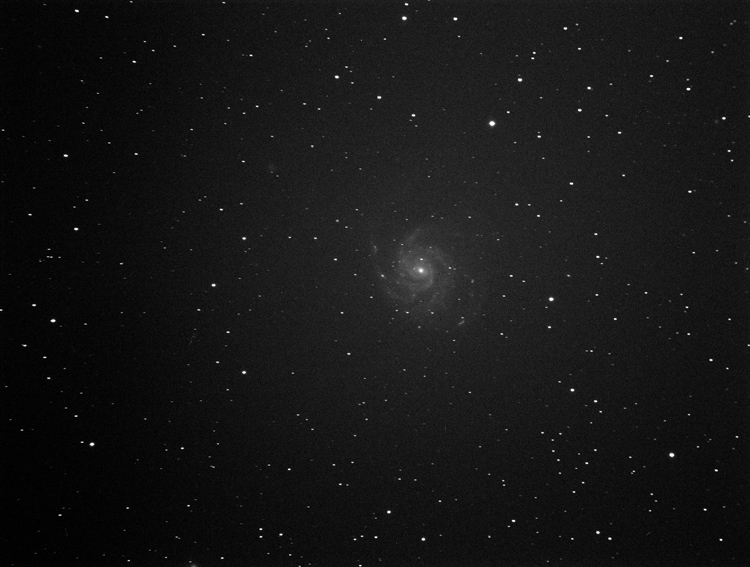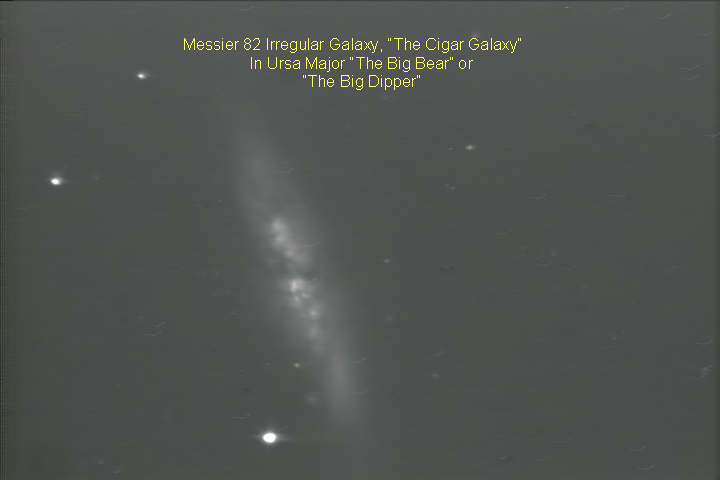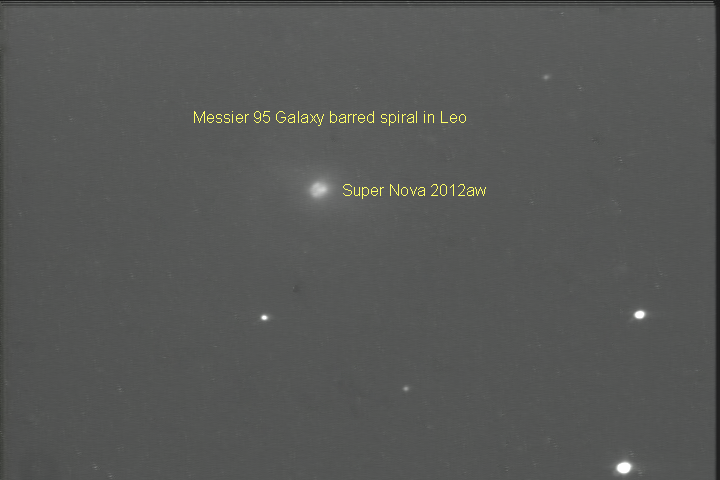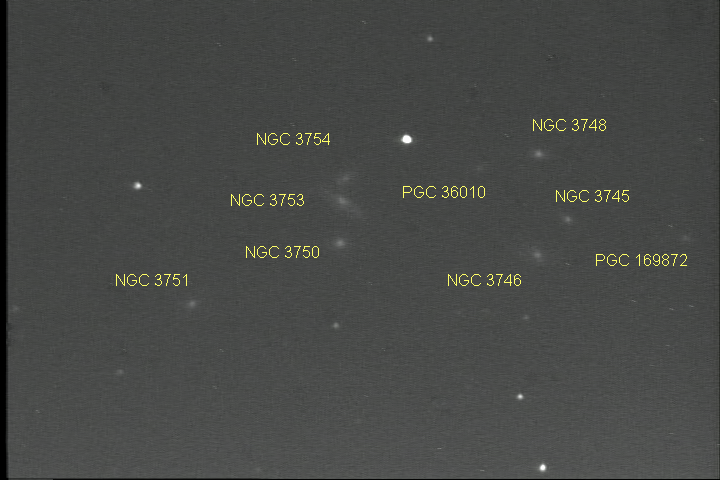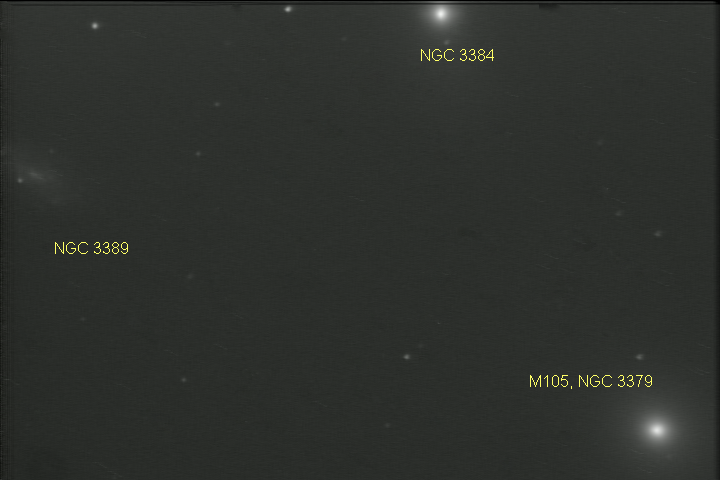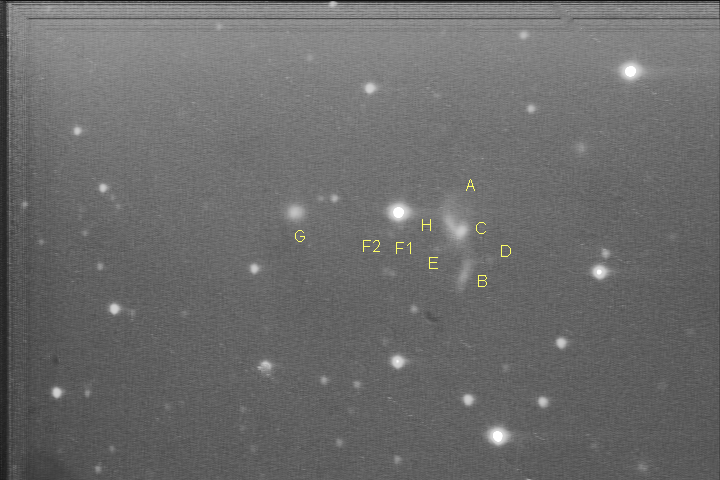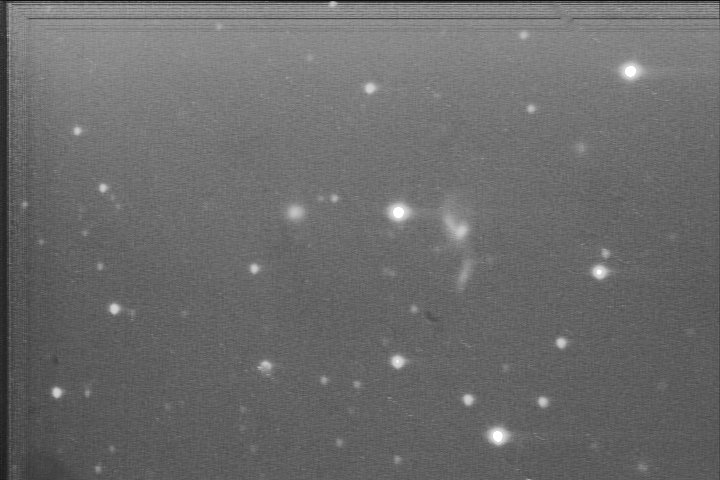 Jeff Delmas images and processes Barnard 33, The Famous “Horse Head” Nebula just off of Alnitak in Orion’s Belt in color and the nebula that surrounds it IC 434 with 21 inch f/4 Newtonian Reflector and the SBIG CCD camera and processed it with SBIG software.
Jeff Delmas images and processes Barnard 33, The Famous “Horse Head” Nebula just off of Alnitak in Orion’s Belt in color and the nebula that surrounds it IC 434 with 21 inch f/4 Newtonian Reflector and the SBIG CCD camera and processed it with SBIG software.
Frank Schenck also captured this picture of Ganymede and Jupiter with the Celestron 16 inch f/11.25 Schmidt Cassegrain Reflector with his planetary video camera and processed with Registax 6.
